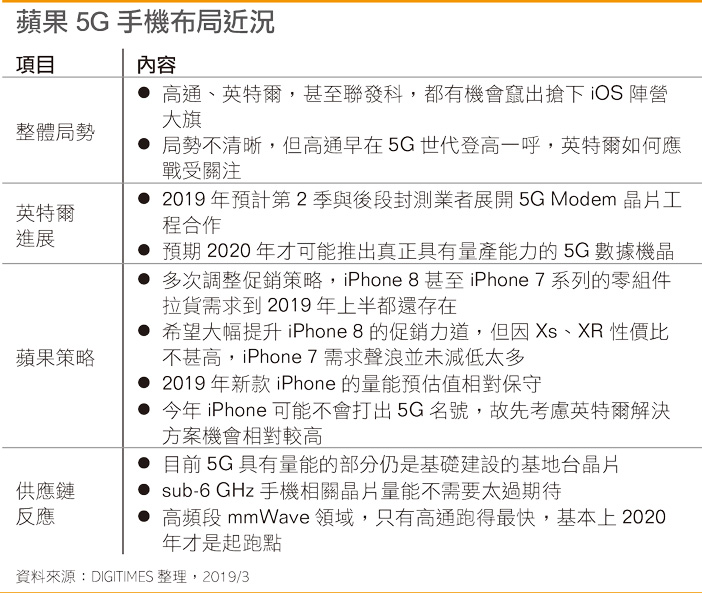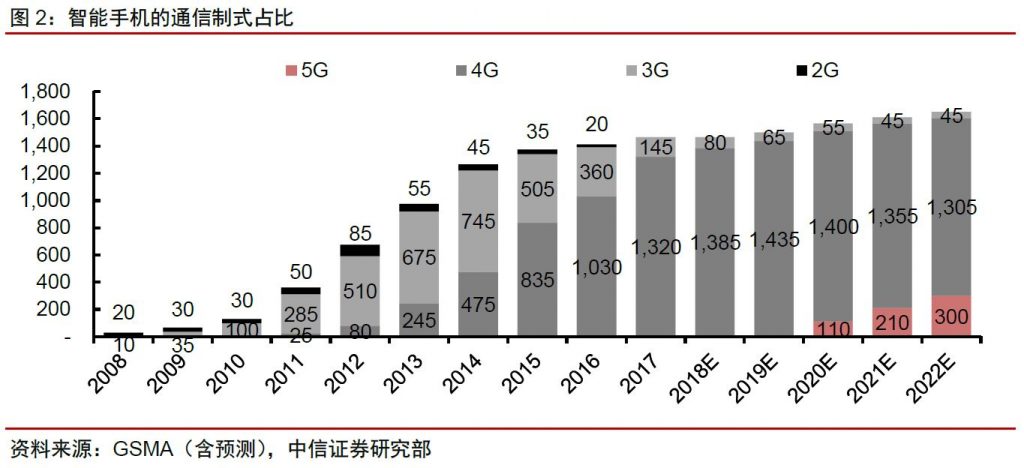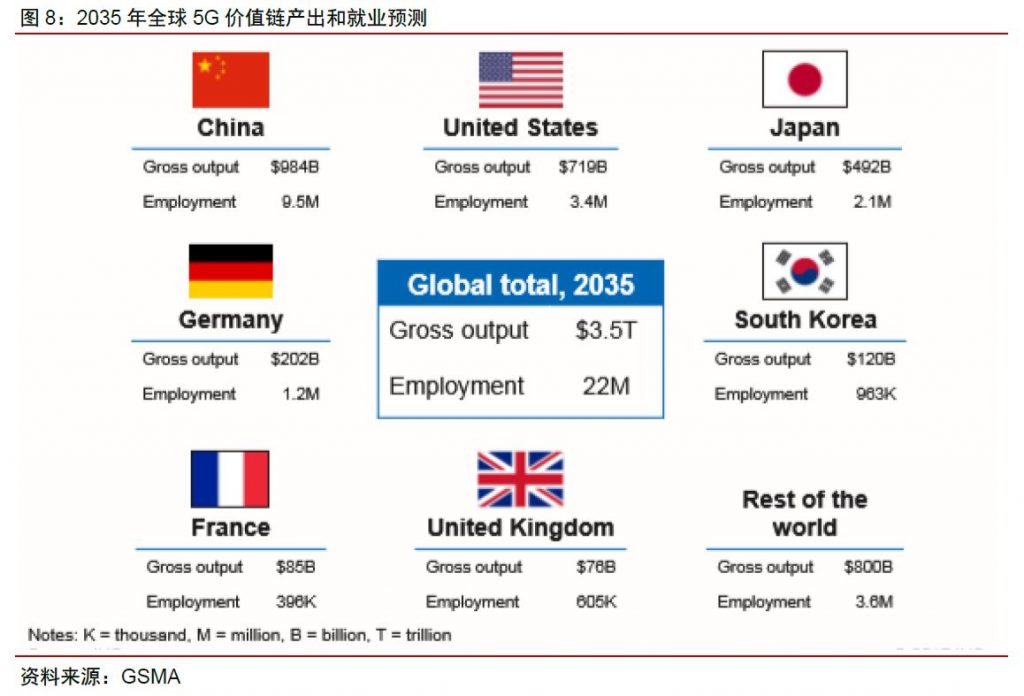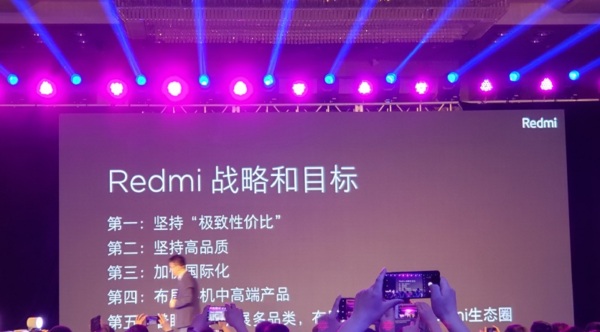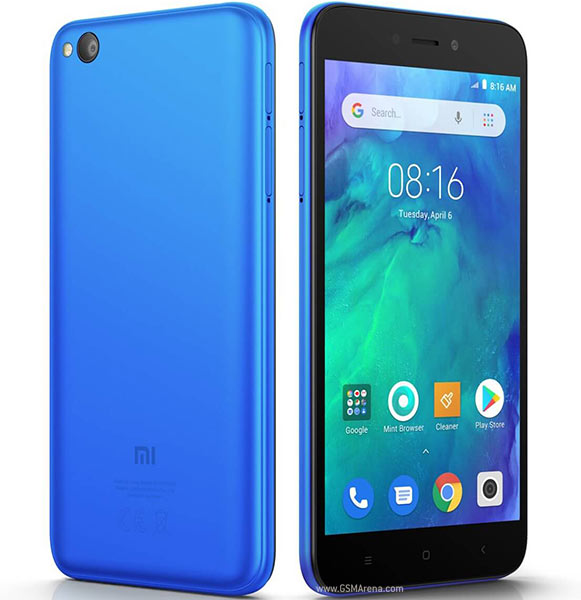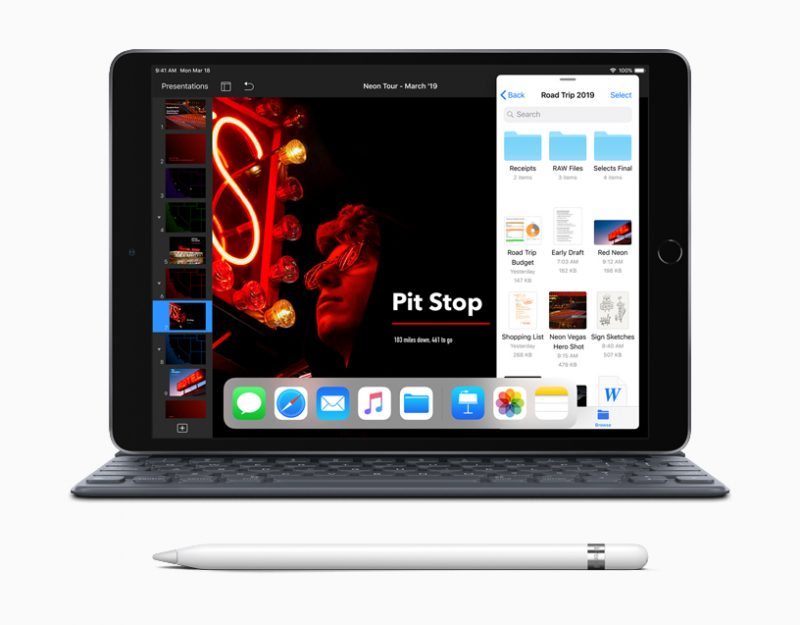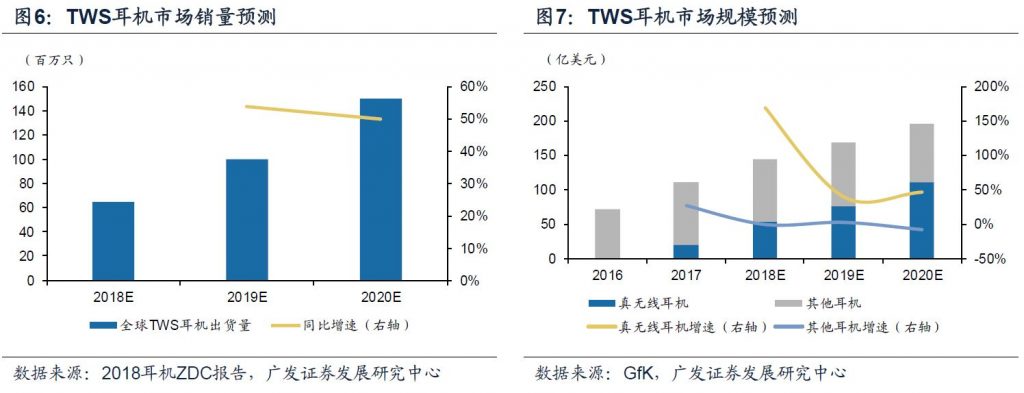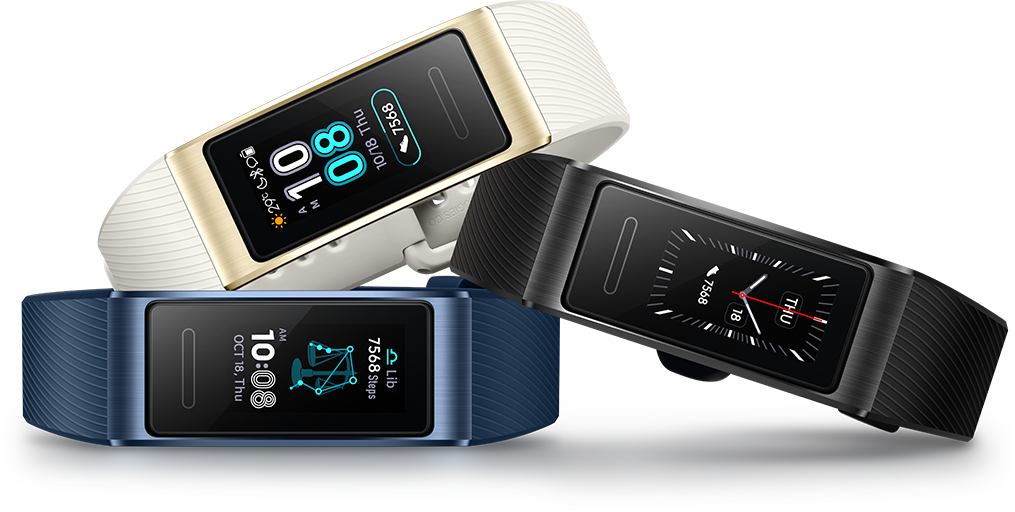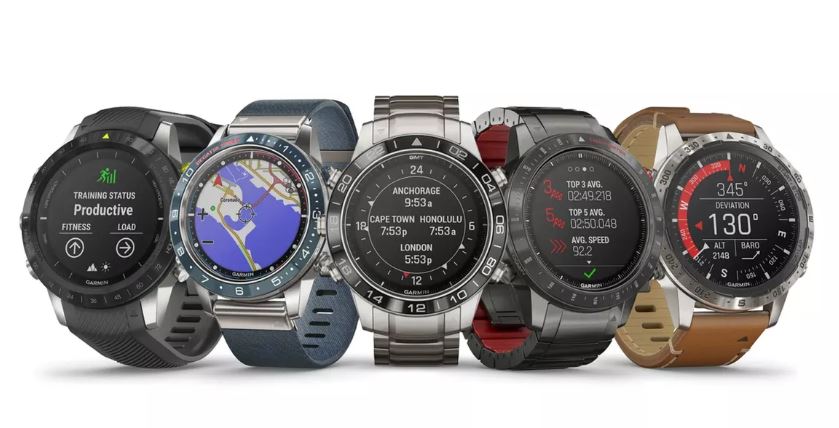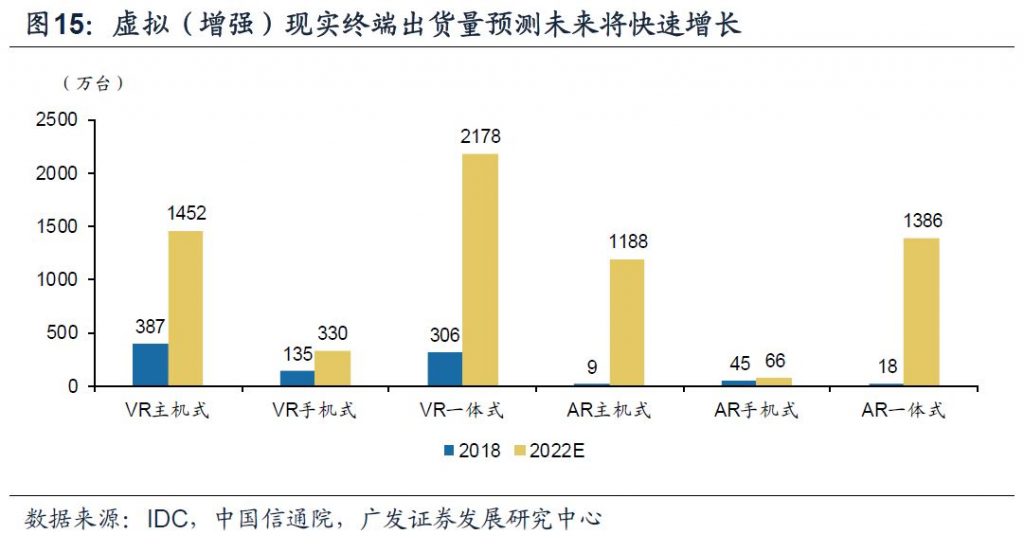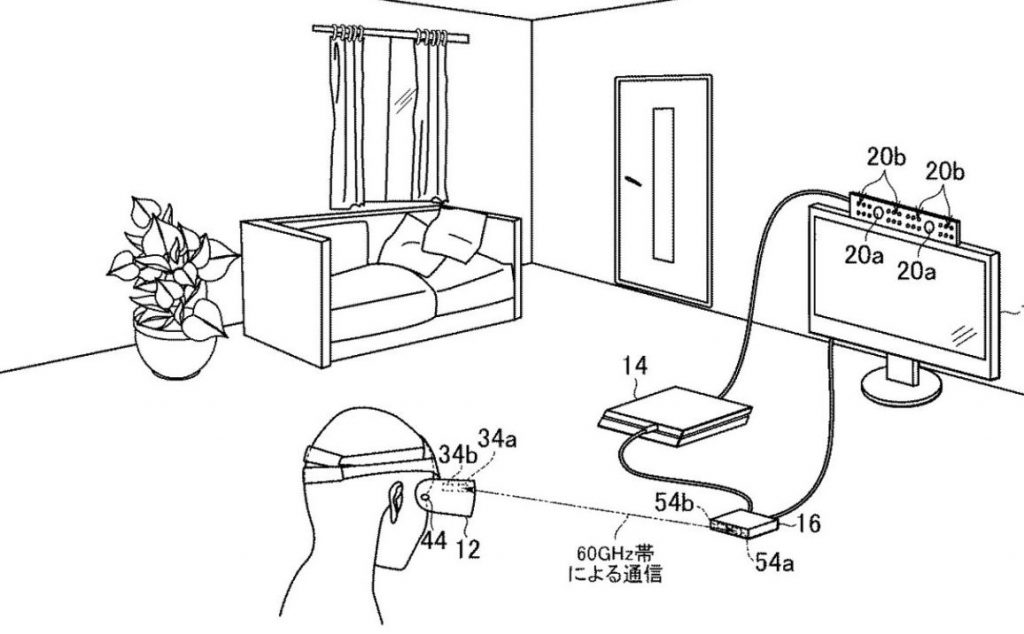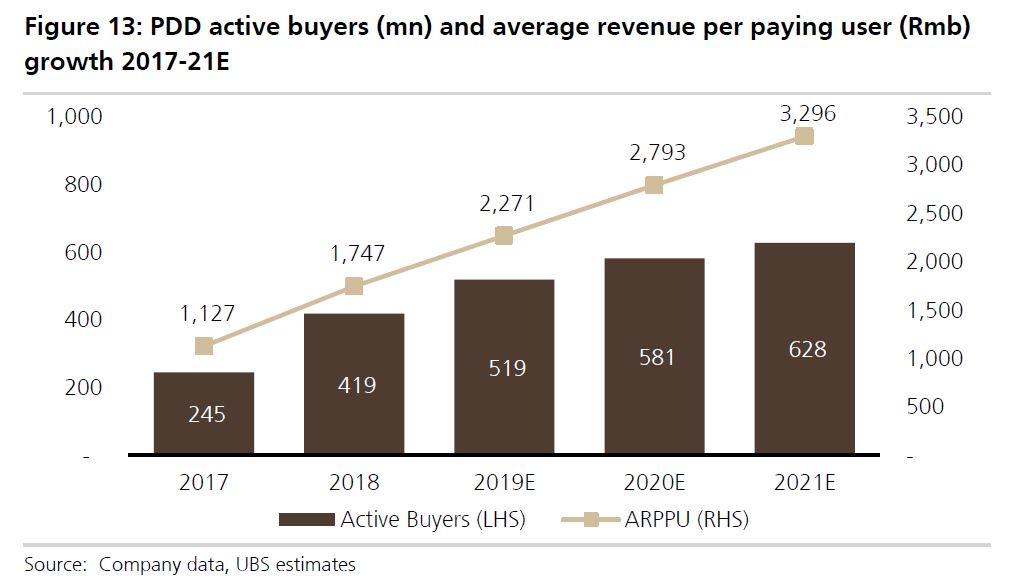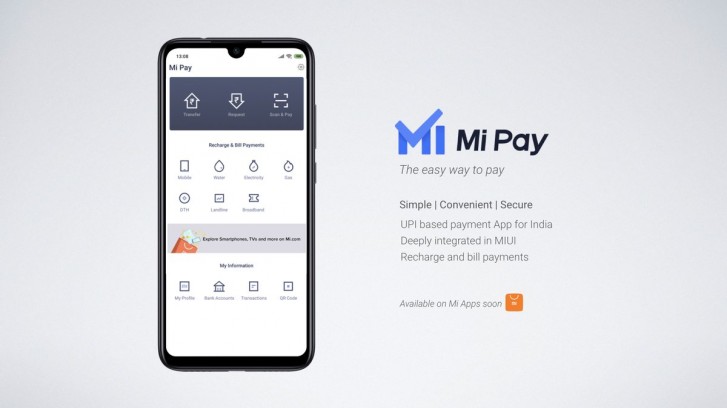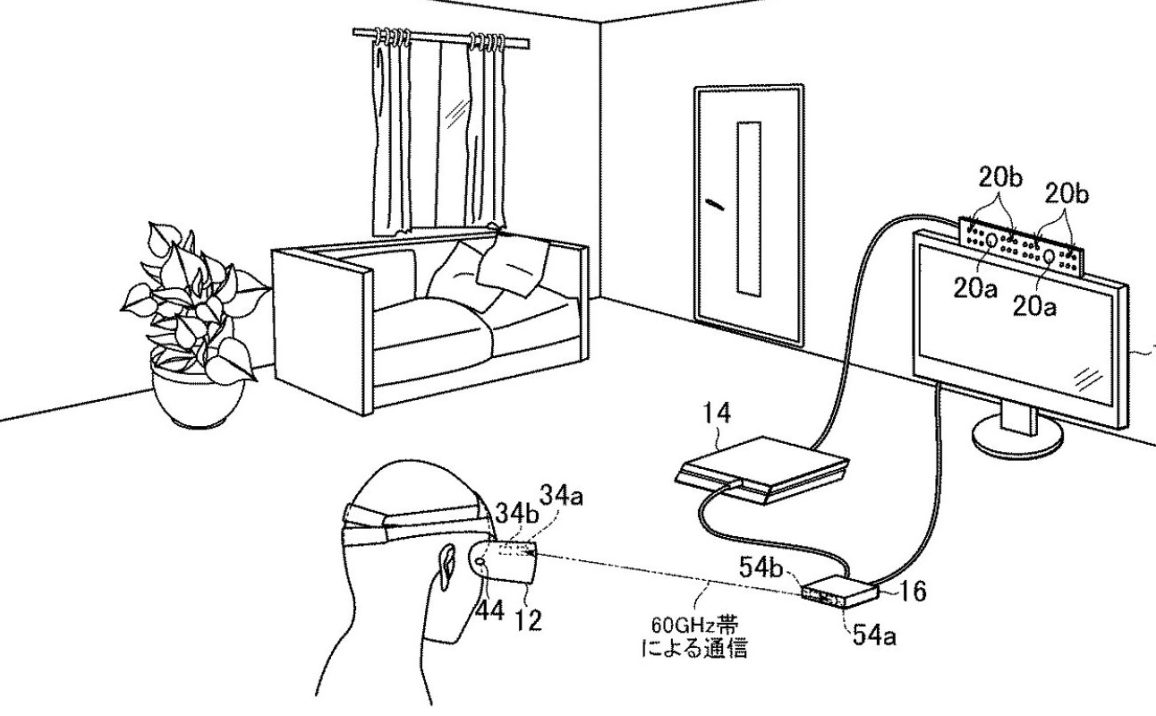
03-19: Huawei will reportedly accelerate the R&D and mass production of its in-house chips; Xiaomi is investing INR3,500 crore into its Indian business unit; etc.
Chipsets
Intel is reportedly to begin working on engineering projects that will enable mass-production of 5G modem chips with its collaborative partners in 2Q19, according to Digitimes. (Digitimes, press, Digitimes, press, Yahoo)
Huawei will reportedly accelerate the R&D and mass production of its in-house chips. The self-sufficiency rate of Huawei smartphones using the HiSilicon processor in 2H18 is less than 40%. It has risen to 45% in 1H19, but is expected to increase to 60% in 2H19. At the same time, Huawei will significantly increase the production of TSMC’s 7nm chip in 2H18, which is expected to exceed Apple’s largest 7nm chip. (GizChina, CN Beta)
Secretary of Energy Rick Perry has announced Intel and sub-contractor Cray Computing will construct the first exascale supercomputer (systems capable of a quintillion calculations per second) in the US. The supercomputer will be called Aurora, and Intel is aiming to deliver it to the Department of Energy’s Argonne National Laboratory in the Chicago area in 2021. (CN Beta, Engadget)
Touch Display
According to iiMedia Research, OLED mobile phone panel shipments continue to grow every year. Among them, flexible display panels shipment are increasing year by year. In 2018, global flexible display panel shipments will reach 202M, and shipments are expected to reach 570M in 2022. (iiMedia Research report)
Connectivity
Asia Vital Components (AVC), which specializes in thermal solution products, expects demand for smartphones to boom when 5G devices become commercially available. AVC has shifted its thermal product focus to handset use, adding that demand for 5G smartphones is set to surge. AVC has long focused on PC- and notebook-use thermal solutions. (Digitimes, press, Digitimes, China Times)
In the past 10 years since the commercialization of 4G, network data traffic has increased by 30% CAGR, and 4G mobile phones have surpassed 3G mobile phones in 4 years, becoming the mainstream of mobile terminals. In the future, with the ecological penetration of cloud computing and intelligent Internet of Things, there will be higher performance requirements for data transmission. Future wireless mobile networks will achieve high-speed, reliable low-latency, massive interfaces and other three upgrades through 5G. (CITIC Securities report)
China, the United States, Europe, Japan, and South Korea have issued their own 5G spectrum plans. In Mar 2018, the UK first launched the world’s first wave of 5G spectrum auctions, and South Korea, US, and European countries also launched auctions in 2H18. In terms of the deployment process, foreign operators began deploying trial commercial networks in 2017, and it is expected to enter commercial use in 2H19. In terms of scale, the largest regions in the market are: China, North America, Western Europe, Japan, South Korea, Russia, Australia. (CITIC Securities report)
According to the GSMA forecast, as of 2025, 5G connections will account for 12% of the overall communications industry, the number of connections will reach 1.1B, and the operator’s revenue CAGR will reach 2.5%, which is USD1.3T in revenue in 2025. GSMA expects that by 2035, 5G will create a market size of USD3.5T and create 22M jobs, of which the domestic market will reach USD984B and create about 9.5M jobs. (CITIC Securities report)
Phone
Samsung Electronics is reportedly expected to ship out a total of 20M Galaxy S10 series phones within 1H19. It is expected to achieve sales targets of 10M for 1Q19 and another 10M for 2Q19. (My Drivers, Sam Mobile, Korea Herald)
Xiaomi is betting big in India and is going all out to maintain its leadership position with an investment of INR3,500 crore into its Indian business unit. The amount is invested in 2 tranches in 2019 – INR1,500 crore on Jan 17 and INR2,000 crore on Mar 1. (CN Beta, GizChina, Gadgets Now, Business Today)
Xiaomi’s VP Lu Weibing has announced sub-brand Redmi’s strategies and goals: 1. Adhere to the ultimate cost performance; 2. Adhere to high quality; 3. Accelerate internationalization; 4. Deploy the high-end smartphone market; and, 5. Expand the portfolio (5G and AIoT), and create a Redmi ecosystem. (CN Beta, IT Home, GizChina)
Redmi 7 and Note 7 Pro are announced: Redmi 7 – 6.26” 1520×720 HD+ IPS, Qualcomm Snapdragon 632, rear dual 12MP-2MP + front 8MP, 2 / 3 / 4 + 16 / 32 / 64GB, Android 9.0, rear fingerprint scanner, 4000mAh, from CNY699. Redmi Note 7 Pro – 6.3” 1080×2340 FHD+ IPS, Qualcomm Snapdragon 675, rear dual 48MP-5MP + front 13MP, 6+128GB, Android 9.0, rear fingerprint scanner, 4000mAh 18W fast charging, CNY1,599. (Android Headlines, GSM Arena, Mi.com, CN Beta, CN Beta)
Xiaomi is launching Black Shark 2 – 6.39” 1080×2340 FHD+ AMOLED, Qualcomm Snapdragon 855, rear 48MP-12MP + front 20MP, 6/8+128GB or 8/12+256GB, Android 9.0, under-display fingerprint scanner, 4000mAh 27W fast charging, from CNY3,199. (Gizmo China, Liliputing, GSM Arena)
Xiaomi’s Android Go phone Redmi Go is launched in India – 5” 720×1280 HD, Qualcomm Snapdragon 425 MSM8917, rear 8MP + front 5MP, 1+8GB, Android 8.1 (Go Edition), 3000mAh, INR4,499 (USD65). (Android Central, GSM Arena, Mi.com)
Samsung Galaxy A20 is official in Russia – 6.4” 720×1560 HD+ Super AMOLED, Samsung Exynos 7884 Octa, rear dual 13MP-5MP + front 8MP, 3+32GB, Android 9.0, rear fingerprint scanner, 4000mAh, RUB12,990 (USD201). (GSM Arena, Gizmo China)
Huawei Honor 10i is official in Russia – 6.21” 1080×2340 FHD+ IPS, HiSilicon Kirin 710, rear tri 24MP-8MP-2MP + front 32MP, 4+128GB, Android 9.0, rear fingerprint scanner, 3400mAh 10W fast charging, RUB19,990 (USD310). (GSM Arena, Gizmo China)
OPPO A5s (or AX5s) is announced – 6.2” 720×1520 HD+ IPS, MediaTek Helio P35 MT6765, rear dual 13MP-2MP + front 8MP, 2/3/4+32/64GB, Android 8.1, rear fingerprint scanner, 4230mAh. (GizChina, GSM Arena, Helpix)
PC / Tablet
Apple’s new 10.5” iPad Air is announced – 10.5” 2224×1668 LED backlit display, Apple A12, rear 8MP + front 7MP, Touch ID / fingerprint scanner, optional 4G support, 30.2Whr, stereo speakers, 3.5mm headphone jack, from USD499. (Liliputing, Mac Rumors, Apple)
Apple iPad mini 5 is announced – 7.9” 2048×1536 LCD Retina TrueTone display, Apple A12 with Neural Engine M12, rear 8MP + front 7MP, Touch ID / fingerprint scanner, support eSIM, support original Apple Pencil, from USD399. (Gizmo China, Mac Rumors, Sohu, TechRadar, My Drivers, CNET)
Wearables
Cited by GF Securities, true wireless stereo (TWS) earphones shipment in 2018-2020 is expected to grow rapidly, which amount to 65M, 100M and 150M units, respectively, with 51.9% CAGR. GfK also expects TWS earphones market size will grow to USD11.042B by 2020, with 2017-2020 CAGR reaching 76.7%. (GF Securities report)
Huawei is launching Huawei Band 3 / 3 Pro, equipped with 0.95” 120×240 AMOLED, Huawei’s own TruSeen 3.0 heart rate monitor, supports sleep tracking with Huawei’s own TruSleep 2.0 technology. They are priced at CNY269 and CNY399, respectively. (CN Beta, Huawei, GizChina)
Garmin Marq line, costs USD1,500-2,500, with 5 smartwatches are launched – Driver (USD2,500) meant for racing, Aviator (USD1,950) features pilot-specific functions, Captain (USD1,850) designed for sailing, Expedition (USD1,750) is designed for hiking and Athlete (USD1,500) focuses more on fitness features. (The Verge, Garmin)
Virtual / Augmented Reality
According to GF Securities, global VR (AR) real terminal shipments totaled approximately 9M units in 2018, with VR and AR accounting for 92% and 8% respectively. It is estimated that by 2022, the total terminal shipments will be close to 66M units, of which VR and AR account for 60% and 40% respectively. 2018-2022 VR (AR) real terminal total shipments CAGR of about 65%, of which AR terminal growth rate is faster, will be as high as 140%. (GF Securities report)
Sony patent documents published by the Japan Patent Office suggest that a wireless Playstation VR is in the works. The VR headset will be able to function without any direct connection to a console or breakout box, and will instead use a radio wave to communicate between the console, the breakout box, and the headset itself. (Digital Trends, VentureBeat, Japan Patent Office, Sina)
Commerce
Likely in 2022. UBS estimates Pinduoduo’s active buyers will catch up with Alibaba’s current 636M in 3 years. Pinduoduo ended 2018 with 471.6M active buyers, up 71.0% YoY, and UBS forecasts growth slowing to 24.0% in 2019 and 4.0% by 2022. UBS estimates JD’s average GMV per active buyer was CNY3,515 at end-2018 and UBS forecasts CNY3,823 for Pinduoduo at end-2023. (UBS report, My Drivers)
Payment
Xiaomi has officially introduced its Mi Pay payment service to the Indian market. The platform is built on the Unified Payments Interface (UPI) in collaboration with National Payments Corporation of India (NPCI) and ICICI Bank and supports over 120 banks. (GSM Arena, Twitter, Android Authority)
